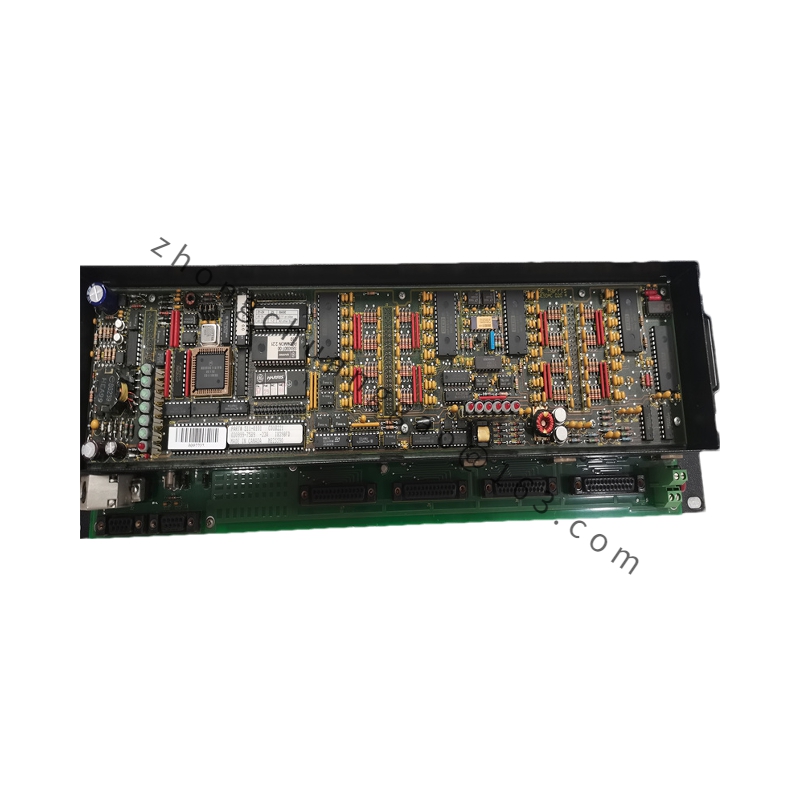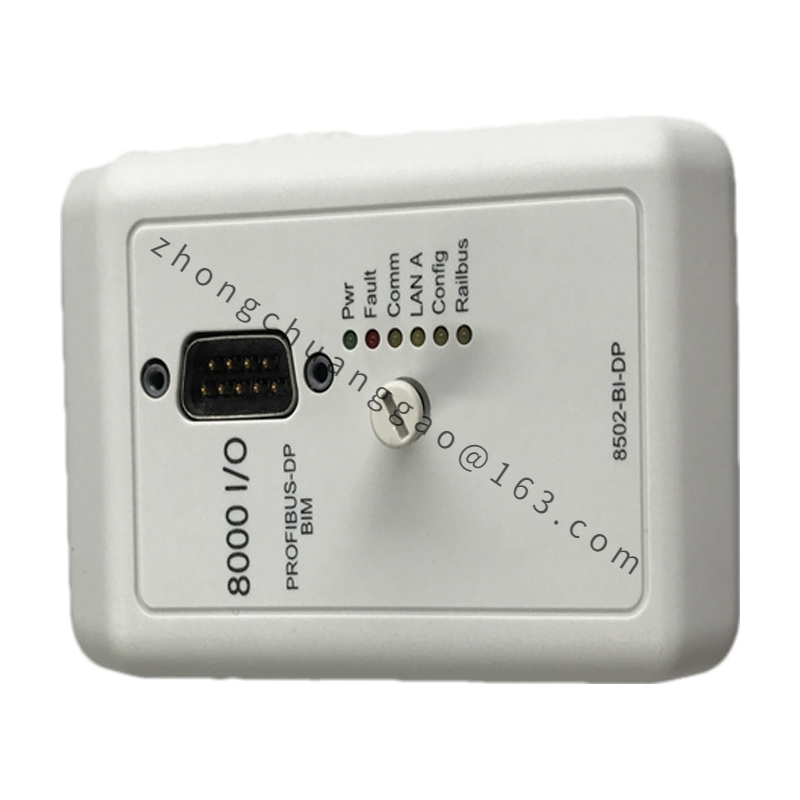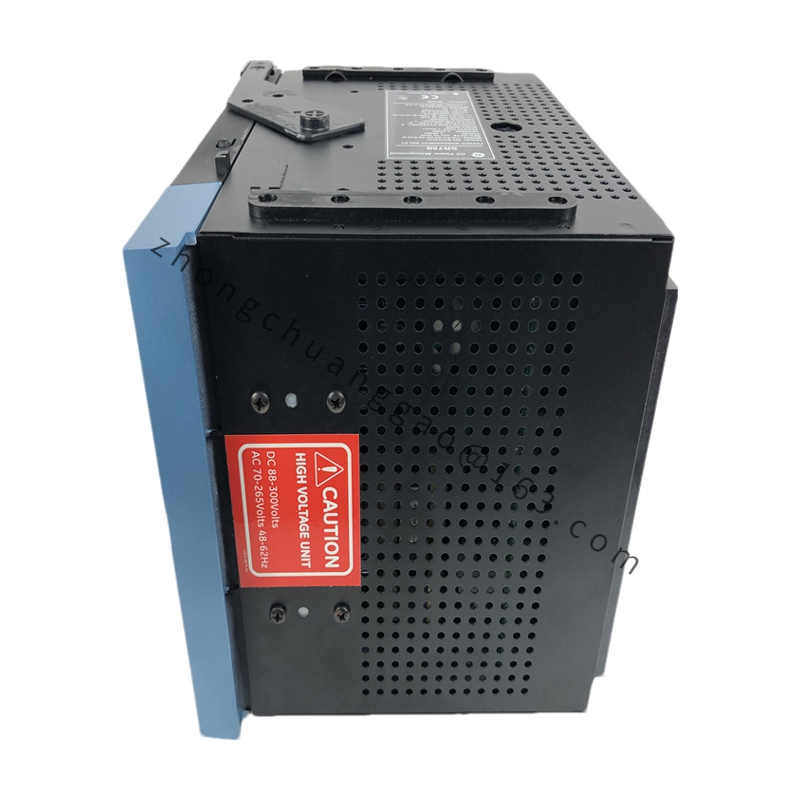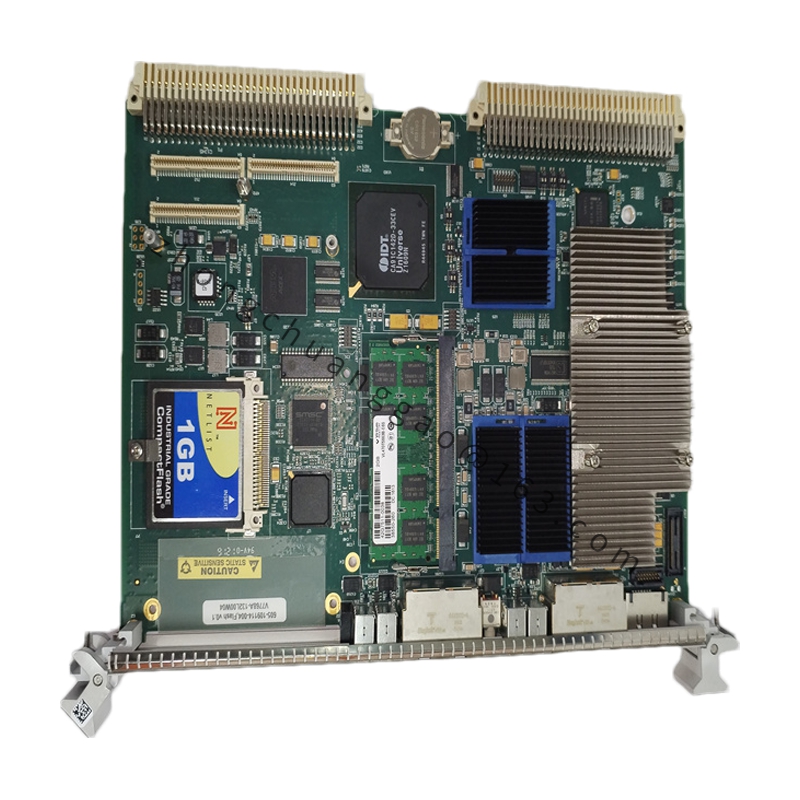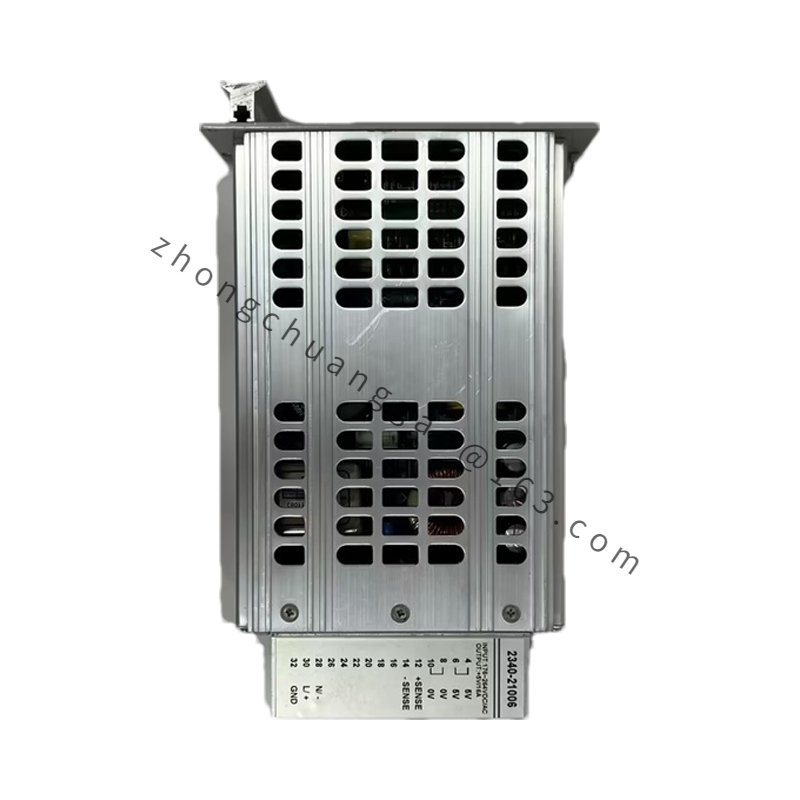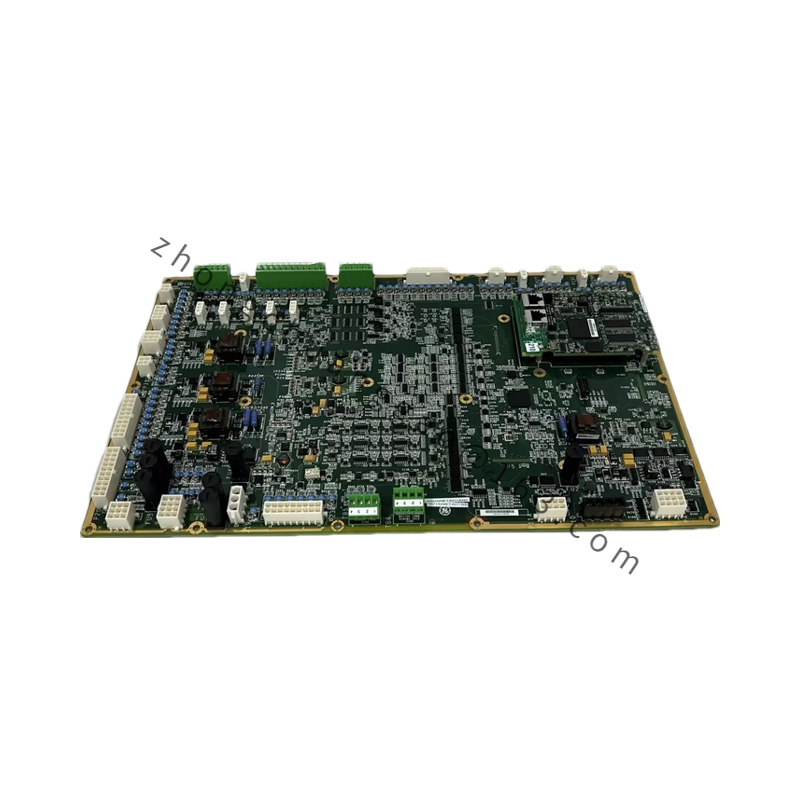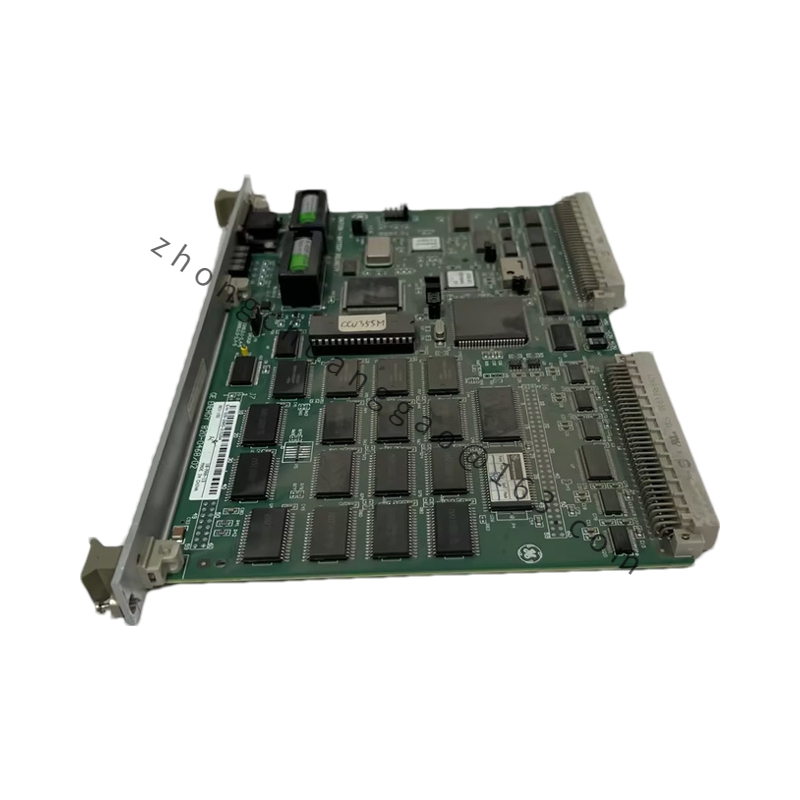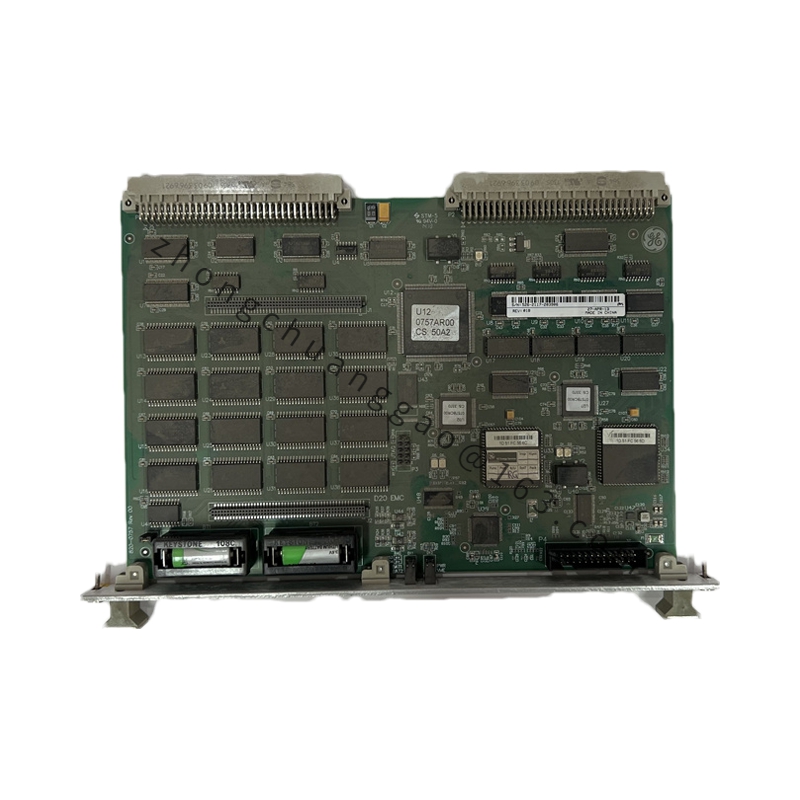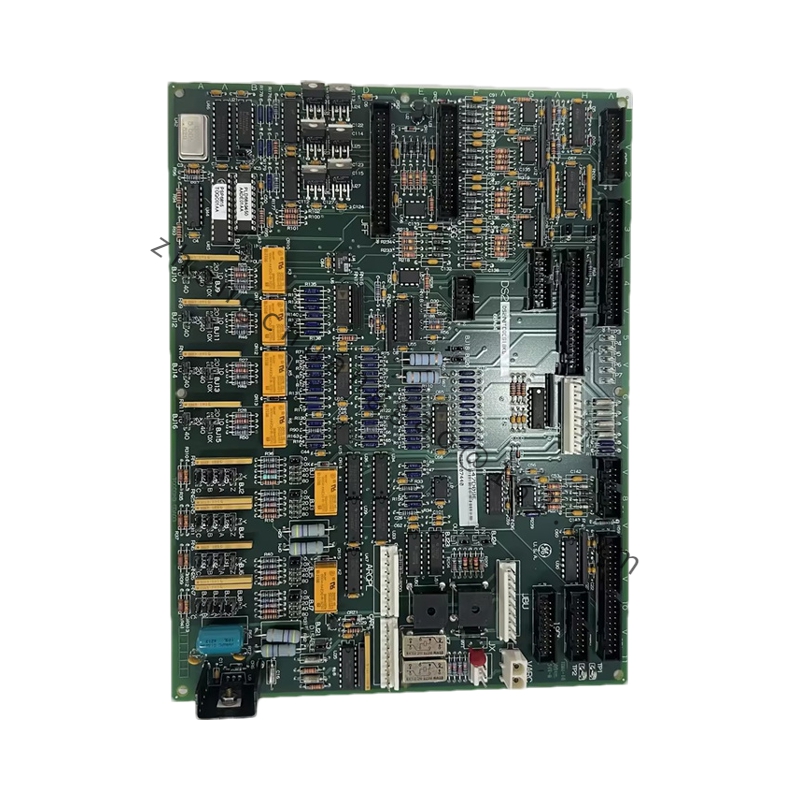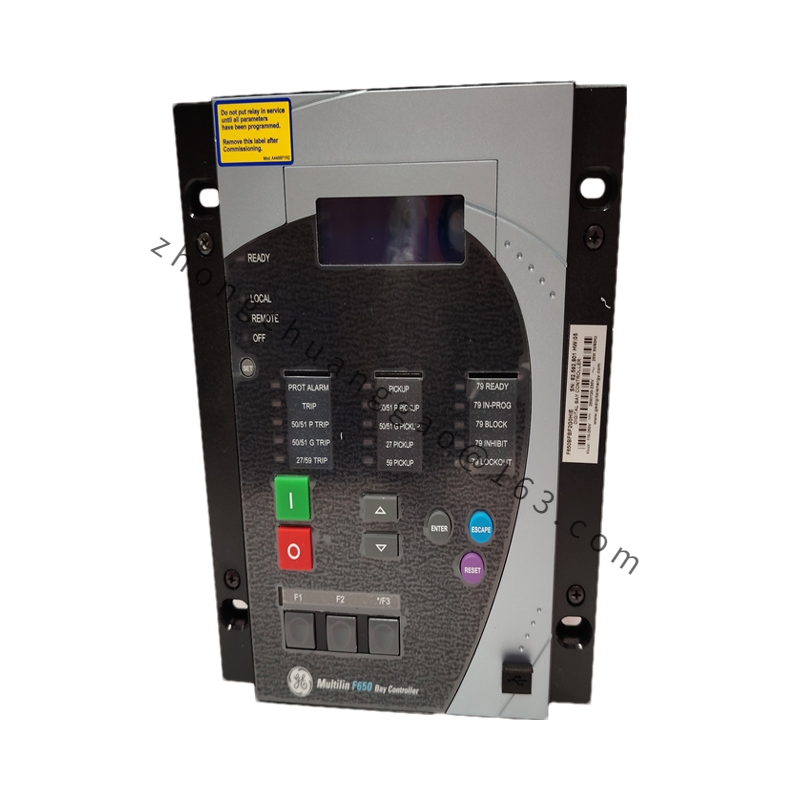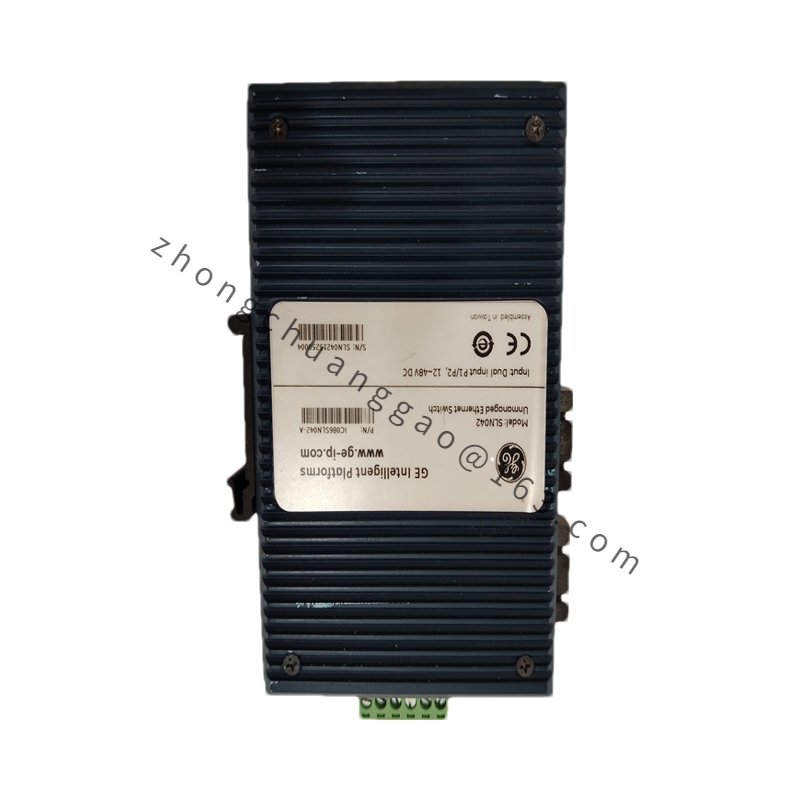Detailed content
Technical Specifications:
- Model: GE WESDAC D20A0511-01010
- Type: Process Control and Monitoring Equipment
- Form Factor:
- Mounting: Typically rack-mounted or panel-mounted, depending on specific configurations and requirements.
- Inputs/Outputs:
- Inputs:
- Analog Inputs: Can handle multiple types of analog inputs. Exact specifications should be verified in the datasheet.
- Digital Inputs: Available for interfacing with digital signals.
- Outputs:
- Analog Outputs: For generating analog signals based on processed data.
- Digital Outputs: For controlling external devices or signaling purposes.
- Inputs:
- Communication Interfaces:
- Data Bus: May include standard industrial communication interfaces such as RS-232, RS-485, or proprietary interfaces. Specific interfaces should be confirmed with the datasheet.
- Networking: May support various networking protocols for integration with other systems.
- Power Supply:
- Voltage Requirements: Operates with standard industrial power supplies. Typical power requirements might be +24V DC or other industry-standard voltages. Specific details should be confirmed in the datasheet.
- Power Consumption: Details on power consumption should be verified.
- Environmental Specifications:
- Operating Temperature: Designed to function within an industrial temperature range. Specific temperature limits should be confirmed.
- Humidity: Rated for operation in controlled environments. Humidity tolerance should be verified.
- Display and User Interface:
- Interface: May include an LCD or LED display for status and configuration.
- Controls: Typically includes buttons or a keypad for user interaction and configuration.
Functional Features:
- High Performance:
- Processing Power: Designed to handle complex process control and monitoring tasks efficiently.
- Resolution and Accuracy: Provides high-resolution and accurate processing of input signals.
- Versatile Inputs/Outputs:
- Configuration: Offers flexibility in input and output configurations to meet various industrial needs.
- Signal Processing: Capable of handling multiple types of signals, including analog and digital.
- Communication and Integration:
- Interfacing: Integrates with other industrial equipment and systems through standard communication interfaces.
- Data Handling: Efficiently processes and manages data from various sources.
- Reliability and Durability:
- Robust Design: Built to withstand harsh industrial environments and ensure long-term reliability.
- Durability: Designed for continuous operation with minimal maintenance.
- System Integration:
- Compatibility: Compatible with various industrial systems and automation setups.
- Software Support: Typically supported by software for configuration, monitoring, and data analysis.
Applications:
- Industrial Automation:
- Process Control: Used in process control systems to monitor and control industrial processes.
- Data Acquisition: Facilitates the acquisition of process data for analysis and control.
- Manufacturing:
- Monitoring: Employed in manufacturing environments for monitoring equipment and processes.
- Control Systems: Integrated into control systems for operational efficiency and accuracy.
- Utilities:
- Process Monitoring: Useful in utilities for monitoring and controlling various processes.
- Data Management: Assists in managing and analyzing data from utility operations.
- Research and Development:
- Technology Testing: Used in R&D environments for testing and developing new technologies.
- Experimental Systems: Employed in experimental setups for data collection and analysis.
Additional Information:
- Software Compatibility: The WESDAC D20A0511-01010 may be compatible with various industrial software tools for system configuration and data analysis.
- Installation: Typically involves rack or panel mounting, with standard connectors for integration with other equipment.
- Certification and Compliance: Adheres to industry standards for safety and performance. Specific certification details should be confirmed with the datasheet.

